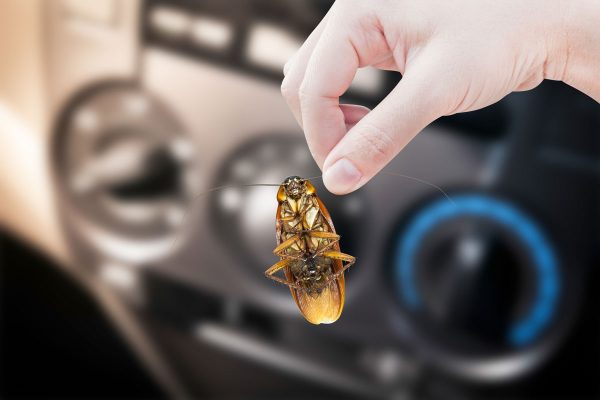Fumigation is one of the best ways to eliminate pests around our homes. The act or procedure is so thorough that you and your pet animals will have to stay outside your home for quite a period. But what about your electronics and other items, you may ask? Here's what we found after our research.
Fumigation has no particular effect on food or even electronics. If there is anything that should be removed, it should be plants and pet animals because the fumigant gas is created in a way that is actively toxic to these living things.
Fumigation gas is developed to kill pests and rodents loitering around the home. To learn more about fumigation and its effect on the home, keep reading to get more information as we have gathered everything you need to know.
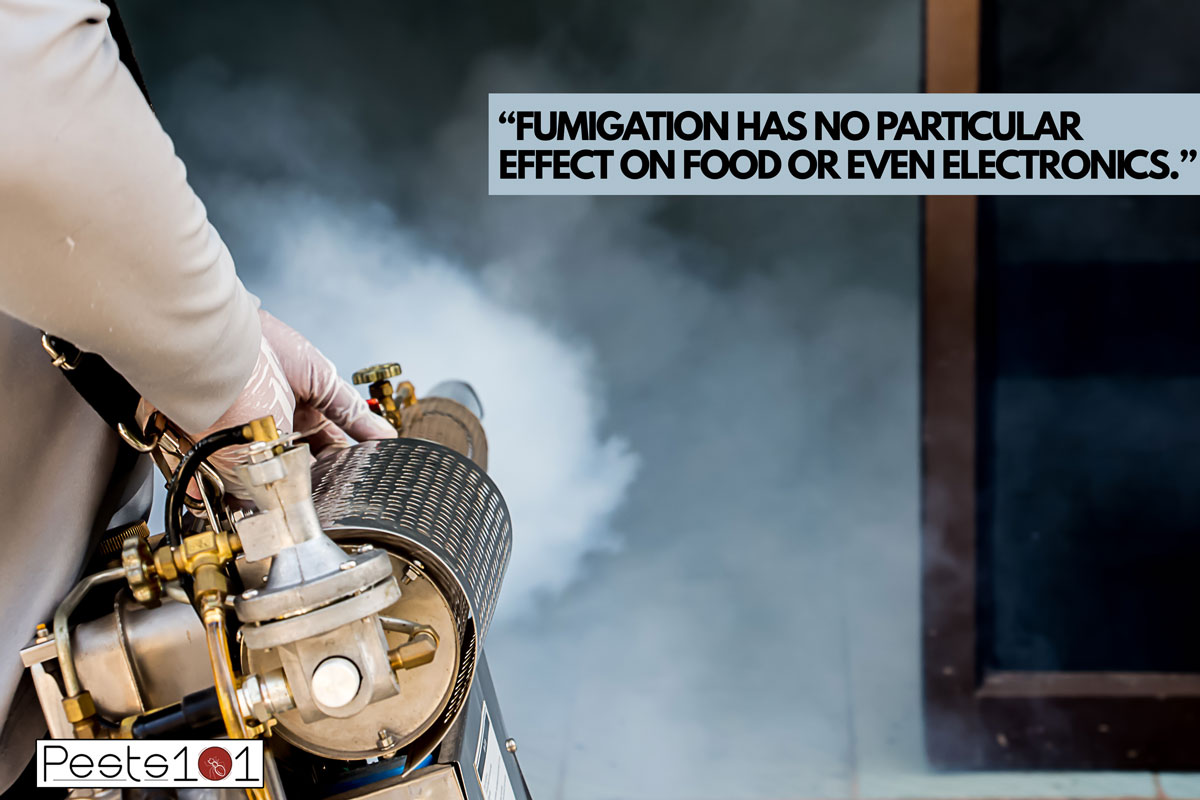
What is Fumigation?
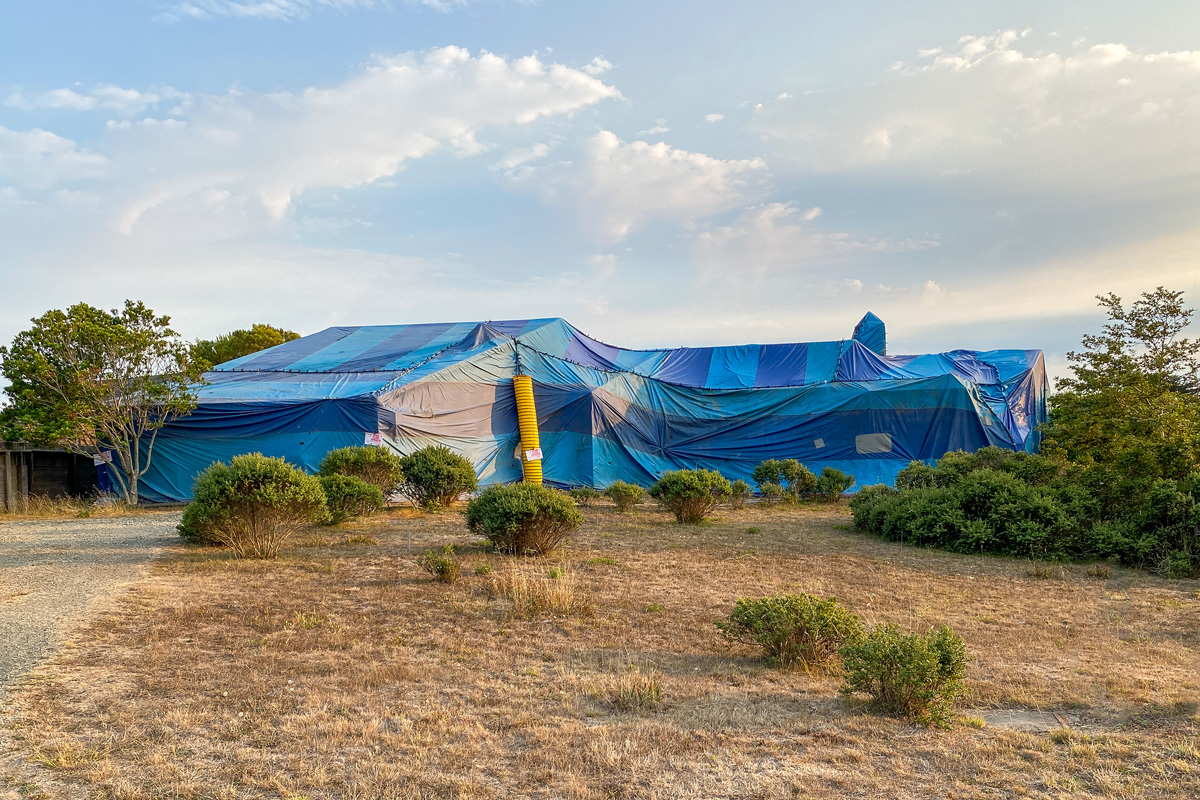
Fumigation is one of the most effective ways to get rid of insects that have taken over a house. Bed bugs, cockroaches, fleas, and other difficult-to-remove insects that can seriously damage your property and endanger your family is frequently combated with the fumigation of a home.
A professional pest control company will perform fumigation by applying a certain chemical substance, also known as a fumigant, to the entire area where the insect problem is present. Effectively accomplishing this requires tenting and sealing the entire house.
If you have a pest infestation in your home, fumigating it using a professional pest control service will completely get rid of the pests. The pest control agency will provide you with instructions and help you prepare your house for fumigation in the right way.
Pets and other items that can be destroyed by the fumigation should be removed from the house as part of the preparatory process.
Can Fumigation Damage Electronics?
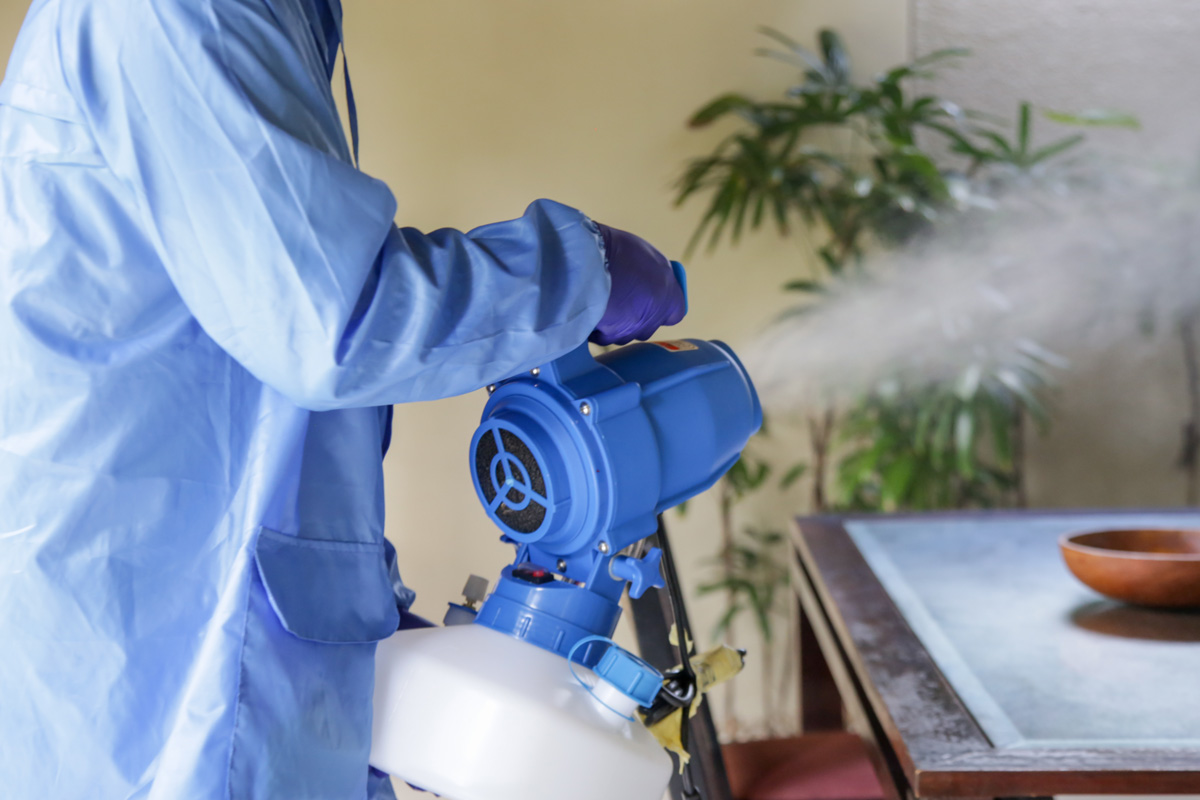
The fumigant is a gas that is used in fumigation. It is toxic and every living thing inside a building may perish when they come into contact with it, this includes plants and pets -all of your pets and plants should be removed.
It doesn't, however, leave behind any residue. It has no effect that might harm food or even electronics. The gas will freely travel through all the contaminants, thus there is no need in bagging anything at all.
It goes through the substantial confinement that surrounds the building as well and starts to dissipate into free space right away.
Examples of chemicals that can cause damage to electronics are aerosols, which often come from spray cans, among the residues that can harm your electronics. These can leave deposits on delicate lenses and other related devices since they use propellants with bigger drop sizes and are oil-based.
Another well-known residue is that which some humidifiers emit, which can cover the electronics in a speck of white dust.
How to Prepare For Fumigation

As a homeowner, you must make several preparations to ensure that your house is ready for fumigation. These actions include:
- Plan your accommodations so that you can be elsewhere when the area is being fumigated. For the pest control experts to enter the premises and complete the treatment, provide them with the keys.
- Pets and plants should be removed from the areas that will be fumigated. Poisoning the structure could cause serious harm or death to plants or animals.
- Food, medications, cigarette products, and other items should be taken out of the building, sealed in the provided fumigation bags, or removed altogether. Guard everything that might be consumed after fumigation.
- To enhance the tent's seal, thoroughly saturate any dirt patches and garden beds that are close to your house.
- Make sure the tent is firmly anchored to the ground by raking gravel and dirt around the house.
- The inside doors of each room should be opened. This enables the fumigant to reach every part of the house and guarantees that the whole house has been treated. Open any cabinets and other potential pest-containing places.
- Make plans for your neighborhood gas company to turn the gas back on the day you are to re-enter the property.
How Long Does Fumigation Last?
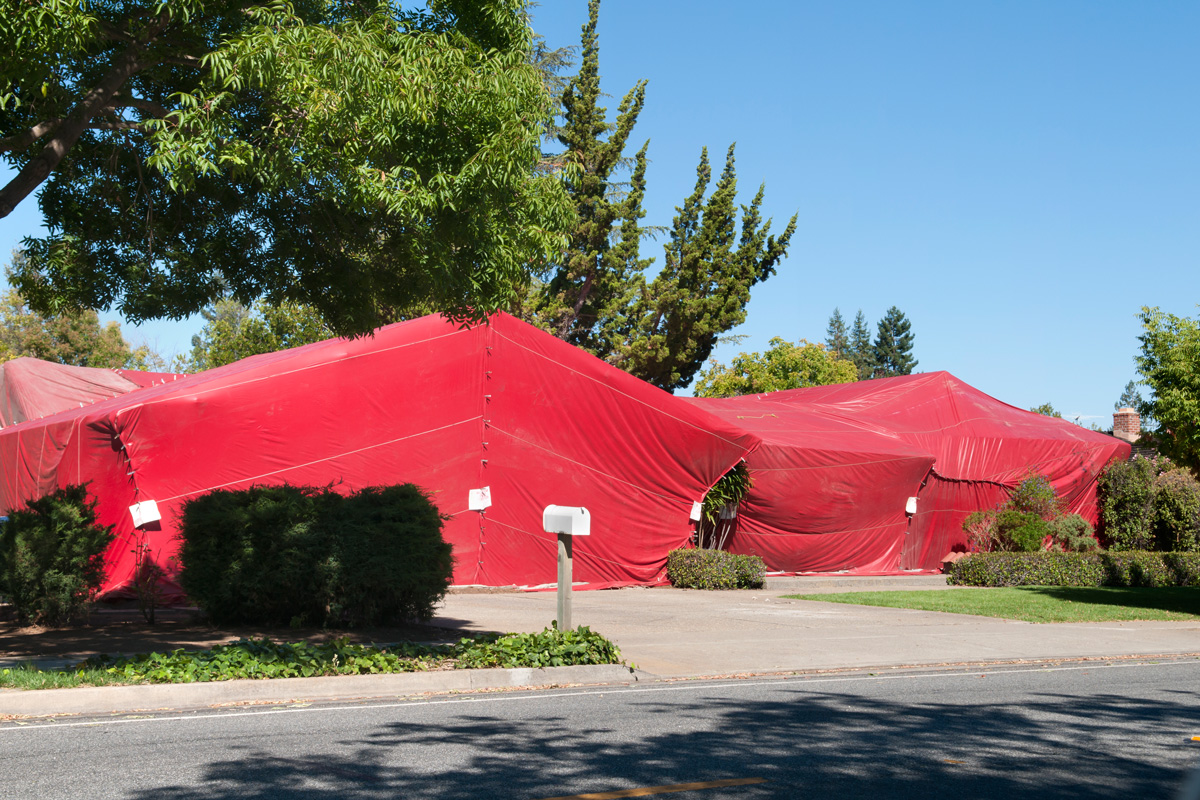
It usually takes 24 to 72 hours to fumigate a home. Your entire house will be covered in chemicals and only after you get the all-clear sign can you return home. Only a small amount of pesticides will be used throughout the entire procedure, and a specialist should handle it.
The use of fumigation is quite successful in getting rid of a wide variety of pests. Fumigation has the drawback of necessitating the implementation of a preventative program with routine upkeep that can also safeguard your home from pests.
While fumigation will get rid of any bugs that are currently in your house, the gasses that got rid of the pests in your home will not destroy potential pests that may come. What this means is that the effect of the fumigant is not a permanent one so you have to fumigate your home on a routine basis.
When performed by experts, the fumigation process can be safe. The concentrations of gas discovered in the environment during the treatment procedure will be assessed using fumiscopes. Fumigants won't leave behind further residue in the home after treatment, so you can relax in your house without worrying.
Pros and Cons of Fumigation
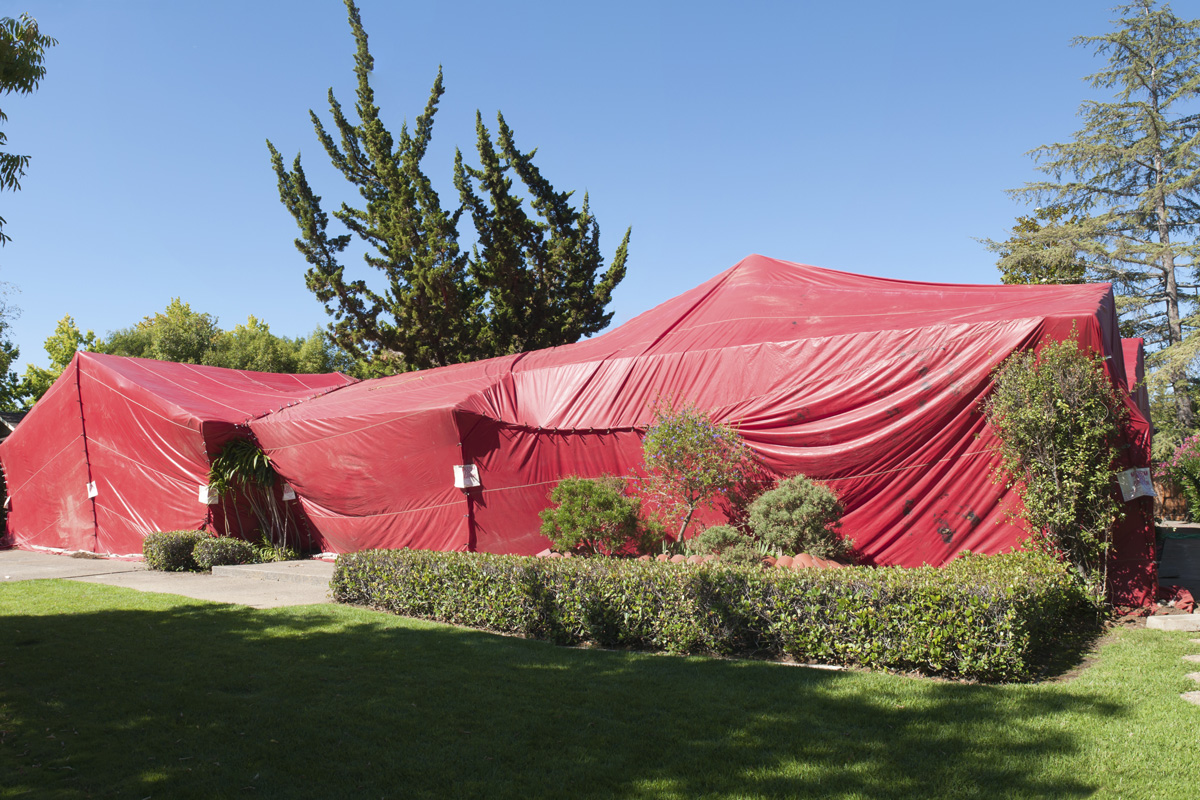
There are many advantages and disadvantages of fumigation. They are as follows.
Pros
- Any stage of life that your pest problem is in can be eliminated by fumigation. Adults as well as eggs, pupae, and larvae. The best course of action to eradicate every stage of life that is present is fumigation.
In some life phases, non-fumigation therapies will be most effective, while in others, they won't make a difference. In situations when all life phases might be present, such as in a serious infestation, fumigation is necessary.
- Fumigation is an efficient way to solve your pest infestation issue. Baits and sprays, among other pest control methods, take time to take effect.
An overnight solution is frequently provided by fumigation, which is rapid. In delicate situations or in commercial settings where pests are not tolerated, this can be necessary.
- Fumigation can reach those hard-to-reach places where pests might be hiding. Even with your possessions present, it penetrates the space.
The full eradication of pests is guaranteed by fumigation since it can reach areas where sprays, dust, aerosols, and other conventional pest control methods cannot.
- Sensitive environments, such as food storage and processing facilities, benefit greatly from fumigation. In comparison to conventional pest management methods, regions that have been fumigated have fewer residue issues.
Cons
- Chemicals used in fumigation kill all organisms, not simply the ones you wish to get rid of. This can be especially problematic for soil fumigations since it may kill any natural predators that could help control insect populations, increasing the likelihood of a re-invasion.
Due to a lack of essential microbiological activity that the fumigation interrupted, nursery plans may also suffer as a result of fumigation.
- If you're fumigating your home, you'll need to leave for a few days to give the poisonous chemicals time to disperse. You might have to schedule it around vacation time, which can be stressful and cause extra expense.
- Some pests could return to the treated structure quickly after fumigation is finished if it is not done in conjunction with exclusion and other protective measures. This is a result of SF's absence of lingering activity
- Exposure to SF6 (sulfuryl fluoride) can harm both humans and animals' health, just like many other pesticides. Similarly, exposure to this gas can also result in fatalities in people.
Fumigation workers may experience subclinical effects of this gas at low concentrations on neurobehavioral abilities such as olfaction, dexterity, and memory.
What Can Be Left In House During Fumigation?
It is NOT necessary to bag any food that is packaged in a glass, plastic, metal, or jar that still has the manufacturer's seal on it. You don't need to bag up products like an unopened glass jar of pickles or olives in the fridge, an unopened plastic soda bottle in the pantry, or an unopened can of soup in the pantry.
It needs to be bagged if the packaging has been opened, even if you firmly close the top.
Wine bottles with corks should always be laid on their side when transporting. Unopened wine bottles do not need to be bagged. Even if you aren't sure whether something has to be bagged, just to be safe, simply do it.
Can I Sleep In My House After Fumigation?
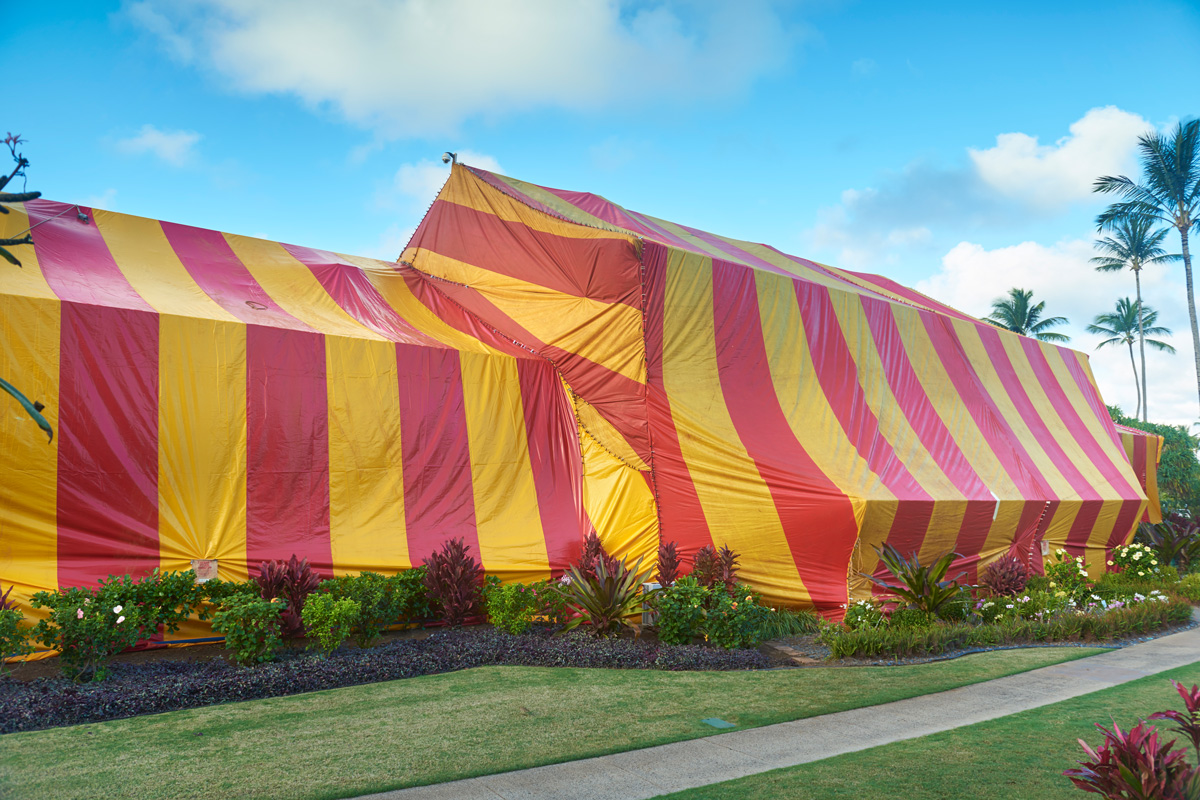
Yes. Once you've been given a go-ahead to re-enter the house and clean up your home, you can sleep in it after fumigation.
To Wrap Up
Fumigation is very important in eliminating pests in the home but you will have to maintain a routine of fumigating your house because the effect is not permanent. Pests are likely to return after a period of time.
Here are more engaging posts about pests:

